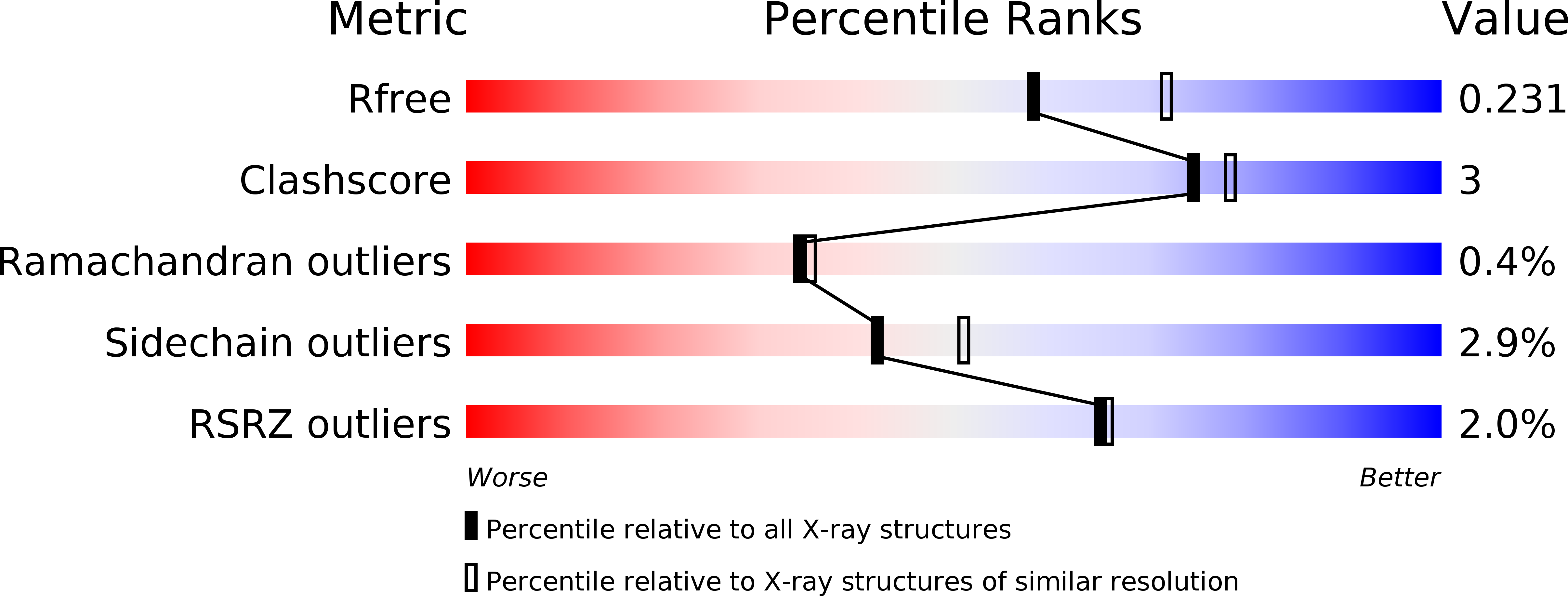
Deposition Date
2017-10-14
Release Date
2018-02-21
Last Version Date
2023-11-22
Entry Detail
PDB ID:
5YKD
Keywords:
Title:
Crystal structure of dihydropyrimidinase from Pseudomonas aeruginosa PAO1 at 2.17 angstrom resolution
Biological Source:
Source Organism:
Host Organism:
Method Details:
Experimental Method:
Resolution:
2.17 Å
R-Value Free:
0.23
R-Value Work:
0.17
R-Value Observed:
0.17
Space Group:
C 2 2 21


